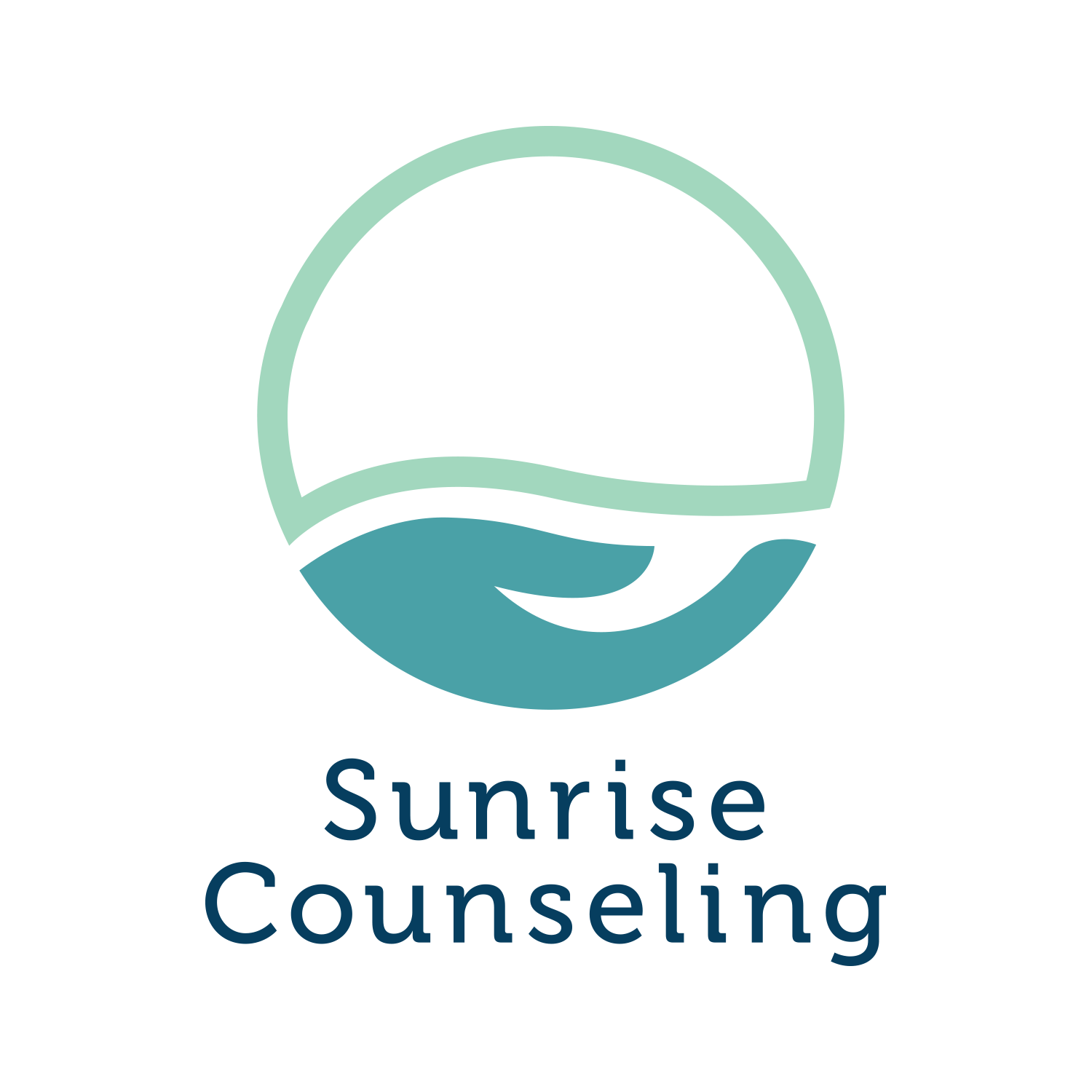Understanding Seasonal Affective Disorder (SAD)
As the days grow shorter and winter settles in, many people notice a shift in their mood and energy. For some, this isn’t just a case of the “winter blues.” Seasonal Affective Disorder (SAD) is a type of depression that follows a seasonal pattern, typically emerging in late fall or early winter and lifting in the spring. Understanding the signs and available treatments can make a real difference for anyone struggling with seasonal mood changes.
What Is Seasonal Affective Disorder?
SAD is a recurrent form of depression linked to reduced daylight exposure. While it’s most common in the colder months, some people experience a summer-onset form as well. Scientists believe that shorter days disrupt circadian rhythms and lower serotonin levels, which can affect mood and sleep patterns.
Common Symptoms
People with SAD often experience:
Persistent sadness or low mood
Fatigue and sluggishness
Changes in appetite, often with cravings for carbohydrates
Difficulty concentrating
Loss of interest in activities once enjoyed
Social withdrawal
Sleep changes—sleeping more but feeling less rested
These symptoms typically start mild and intensify as the season progresses.
Who Is Affected?
SAD can affect anyone, but certain factors increase risk. It’s more common among women, individuals living far from the equator, and those with a family history of depression or bipolar disorder. Young adults often notice symptoms beginning in their late teens or early twenties.
What Can Help
A combination of lifestyle adjustments and professional treatment is often most effective:
Regular exercise to boost mood and energy
Time outdoors, even on cloudy days, to increase natural light exposure
Balanced nutrition to stabilize energy levels
Consistent sleep schedule to support circadian rhythms
In addition to these habits, light therapy and counseling can provide significant relief.
Light Boxes: How They Work
Light therapy mimics natural outdoor light to reset your internal clock and improve mood. A high-quality light box delivers bright, full-spectrum light while filtering out harmful UV rays. Look for:
10,000 lux brightness for effective treatment
UV-free bulbs to protect your skin and eyes
A large screen for comfortable use
Adjustable stand or angle for flexibility
For best results, place the box about 16–24 inches from your face, slightly off to the side, and use it for about 20–30 minutes each morning. Most people notice improvement within a couple of weeks. Always follow manufacturer instructions and consult a healthcare provider before starting, especially if you have eye conditions or take medications that increase light sensitivity.
How Therapy Helps
While light therapy treats the biological side of SAD, therapy addresses the emotional impact. Cognitive Behavioral Therapy (CBT) and other evidence-based approaches can help you recognize negative thought patterns, develop coping skills, and plan enjoyable winter activities. Working with a therapist provides support and accountability, making it easier to stay consistent with self-care.
Frequently Asked Questions
Is SAD the same as depression?
SAD is a type of depression with a seasonal pattern. The symptoms overlap, but the key difference is that SAD occurs predictably at certain times of year.
Can I prevent SAD before it starts?
Beginning light therapy or counseling in early fall, maintaining regular exercise, and keeping a consistent sleep routine can help reduce or prevent symptoms.
Do I need a prescription for a light box?
No prescription is required, but it’s wise to discuss light therapy with a healthcare professional to ensure it’s appropriate for you.
About the Author
Janie is proud to be part of the Sunrise Counseling team in Dallas. A lifelong Dallas resident, she earned both her Bachelor’s and Master’s degrees in Sociology from the University of Texas at Dallas and a Master’s in Counseling from Texas Tech University. Janie is a Licensed Professional Counselor and Licensed Chemical Dependency Counselor with specialized training in complex trauma therapy. She’s also a certified Special Education teacher and Dyslexia instructor. Her broad experience includes working with adults, couples, families, children, teens, and older adults facing challenges such as depression, anxiety, substance use, PTSD, eating disorders, learning differences, and life transitions. When she’s not in session, Janie enjoys reading, playing pickleball and golf, and spending time with her family and energetic dog.
Take the Next Step
If shorter days are affecting your mood, you don’t have to wait until spring to feel better.
Contact Sunrise Counseling to schedule your first appointment to explore therapy or light-therapy options tailored to your needs.
Reach out today to meet with one of our caring therapists to start building a plan for brighter days—no matter the season.
Sunrise Counseling in Dallas is ready to help you find relief and rediscover joy year-round.
Mental Health Services at Sunrise Counseling in Dallas, TX
Sunrise Counseling offers a variety of mental health services in our Dallas TX-based therapy office and offers telehealth therapy to those residing in Texas and Colorado. Mental health services we provide at Sunrise Counseling include:

